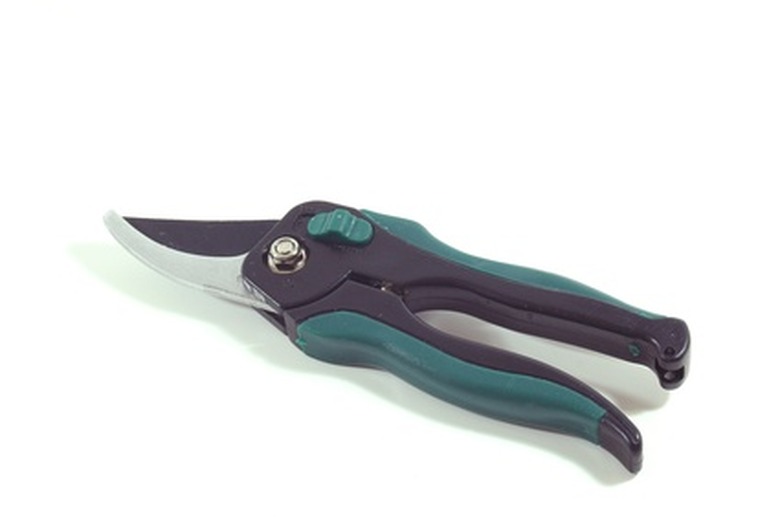Problems With Waxleaf Privet
Waxleaf privet (Ligustrum japonicum), also known as Japanese privet, is a dense, fast-growing shrub or hedge found in Southern gardens. The waxleaf privet has multiple curved trunks, glossy evergreen leaves, white flowers and blue-black berries that are poisonous. It can reach 12 feet in height with a spread of up to 25 feet. Waxleaf privet grows in USDA Hardiness Zones 7b through 10a. It is immensely popular with gardeners because it is very easy to grow and maintain. However, there are a few problems associated with the waxleaf privet.
Disease
The waxleaf privet is susceptible to Verticillium wilt. The soil-borne Verticillium dahliae is most likely to appear on your shrubs in July and August. Symptoms include small, yellow foliage, slow growth, shoot or branch dieback and leaf scorch (marginal browning). You'll often see the leaves on one or more branches suddenly wilt. Extreme infestation can lead to leaf curling, defoliation and abnormal yellow or red coloring between leaf veins. While generally not fatal to waxleaf privet, some cases can be lethal.
- Waxleaf privet (Ligustrum japonicum), also known as Japanese privet, is a dense, fast-growing shrub or hedge found in Southern gardens.
- While generally not fatal to waxleaf privet, some cases can be lethal.
To head off Verticillium wilt, plant your shrubs in moderately fertile soil that is slightly higher in potassium and lower in nitrogen. The privet is not drought-tolerant, so frequent watering also will help your privet avoid this fungus. Remove dead or infected branches.
Pests
Soil nematodes are microscopic round worms that are particularly prevalent in sandy soil. They can cause dieback and serious decline of your shrub. The best treatment is early intervention. Give your waxleaf privet adequate water, fertilizer and mulch. Water more frequently during dry spells.
- To head off Verticillium wilt, plant your shrubs in moderately fertile soil that is slightly higher in potassium and lower in nitrogen.
- The privet is not drought-tolerant, so frequent watering also will help your privet avoid this fungus.
Thrips and mites occasionally will discolor the foliage of waxleaf privet, but they are rarely more than a nuisance.
Bark
The bark on the trunk and branches of the waxleaf privet is quite thin and easily damaged. Because the branches will droop as the privet grows, you'll need to prune them regularly if you plan to mow or use an electrical trimmer beneath your shrub. Otherwise you may injure the branch, leaving it more susceptible to problems.
